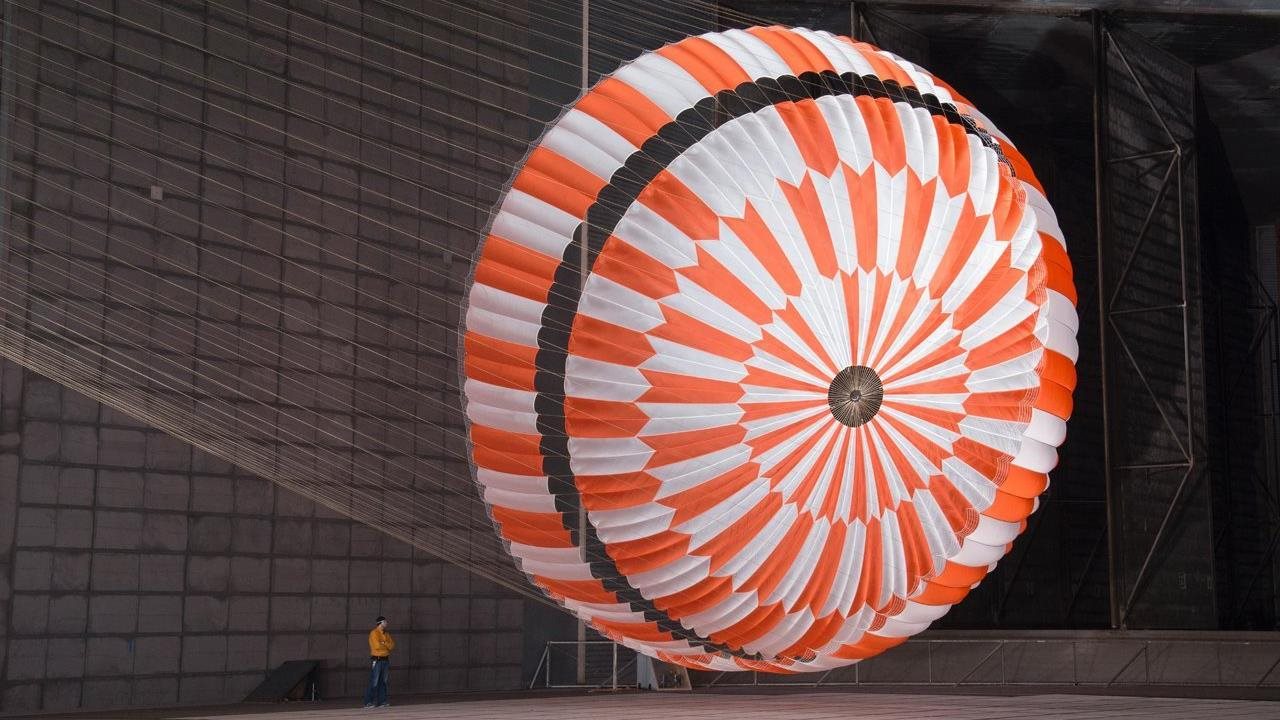2023-02-17T11:01:00
(BPT) – A mission like no other
Feb. 18, 2021 is a date etched into the mind of the global space community as the day human exploration on Mars made a groundbreaking leap. It has been two years since NASA’s Perseverance Rover touched down on the surface of the Red Planet, landing successfully in the 28-mile-wide Jezero Crater with one mission: to search for signs of ancient microbial life.
In the 700 sols (Mars days) since, Perseverance has explored the terrain extensively, characterizing the planet’s geology and climate and gathering nearly 400,000 raw images and 15 rock core and sediment samples ready to be returned to Earth for analysis.
The technologically advanced rover — known affectionately as Percy — may be more than 141 million kilometers away but it is having a big impact on what is happening on Earth today, helping pave the way for interplanetary exploration.
Answering the call
How this modern marvel came to safely land on Mars ties back to a century-old company on Earth in Southern California: Airborne Systems.
Since the 1960s, the height of the space race, Airborne Systems has been at the forefront of innovation when it comes to Entry, Descent & Landing Systems (EDLS). The company, part of the TransDigm Group, has designed and developed EDLS for many groundbreaking unmanned space missions, beginning with the Discoverer XIII re-entry capsule, the first manmade item ever recovered from orbit. With such a long-standing heritage in space innovation, it was no surprise when NASA enlisted Airborne Systems’ expertise for the Mars Perseverance mission.
While many of the world’s greatest scientific and engineering minds were involved in ensuring Perseverance would launch successfully and travel the massive distance to Mars, like most interplanetary research missions, the last yards are the most challenging.
Touchdown on Mars
Being able to safely descend from orbit and travel through Mars’ thin atmosphere meant Airborne Systems creating the state-of-the-art parachute capable of helping Percy descend from supersonic speeds and prepare itself for its final SkyCrane maneuver.
With Percy weighing in at over 2,200 pounds — about the weight of a standard car — and boasting sophisticated mission-critical equipment, this was no easy feat. In fact, it was the heaviest Mars landing to date, requiring the strongest parachute ever flown on Mars, or any other non-Earth planet for that matter.
The finished model came in at approximately 180 pounds and reached 70.5 feet in diameter. It deployed four minutes after atmospheric entry, at an altitude of seven miles and a velocity of 940 miles per hour, with the parachute inflating at around Mach 1.75 (75 percent more than the speed of sound and 65 percent faster than the speed of light).
It took less than one second to transform an 18-by-26-inch cylinder of nylon, Kevlar and Technora, compressed to the density of wood, into a fully inflated and operational 70.5 ft diameter parachute — one that successfully helped Perseverance touch down on the dusty surface of Mars and, in doing so, potentially helped change the course of human history.
One giant leap for mankind
What makes this landing even more exceptional is that it was the first time a parachute had been tasked with performing in the Mars atmosphere. Previously, parachute performance on Mars had been deduced or inferred based on data. This time, NASA was able to capture high-speed video footage that has been pored over frame-by-frame to aid in future missions.
Every space mission requires collaboration, ingenuity and engineering precision to make it successful. Thanks to Perseverance — and its unassuming but revolutionary parachute — NASA has been able to take another giant step forward in its understanding of our planetary neighbor.
While the pioneers at Airborne Systems are already working on building America’s next-generation fleet of spacecraft to replace the space shuttle — including Orion, CST-100, Dragon and New Shepherd — there is now real hope that the lessons learned with Perseverance will help humans explore the majesty of both Mars and the Milky Way.


